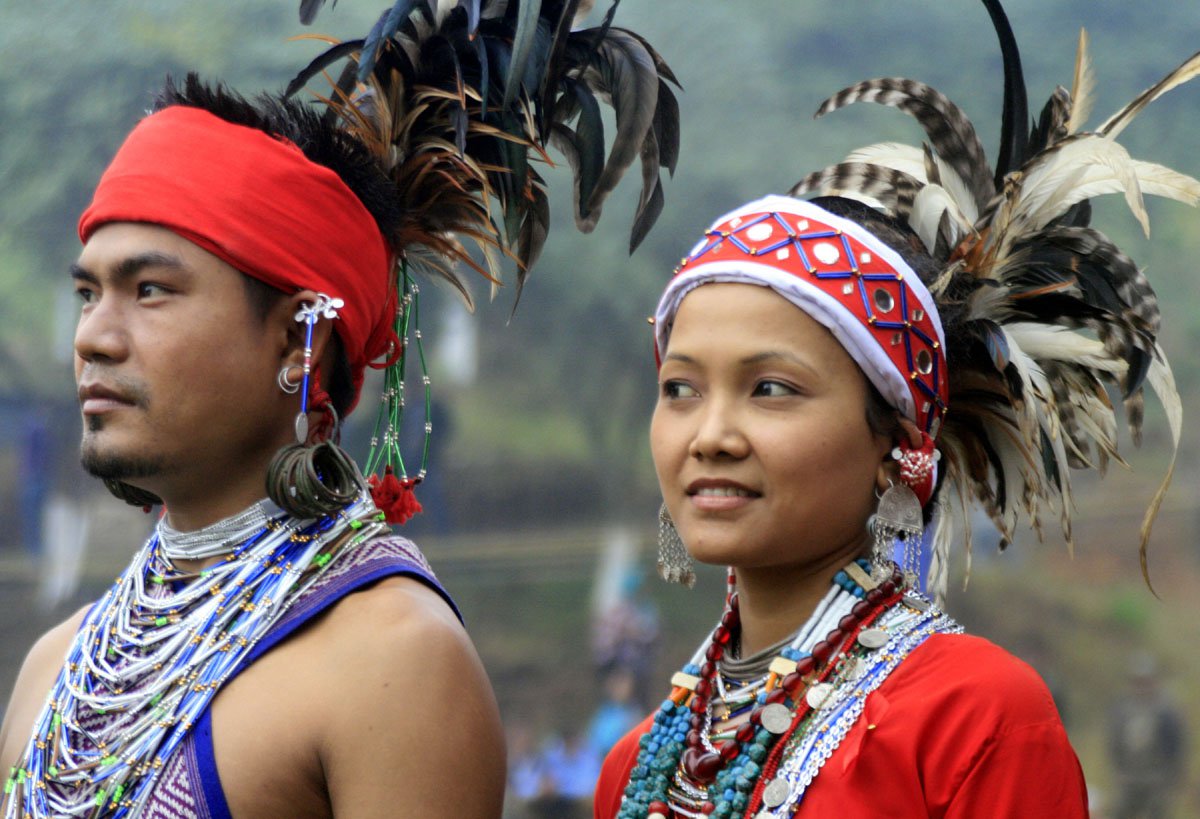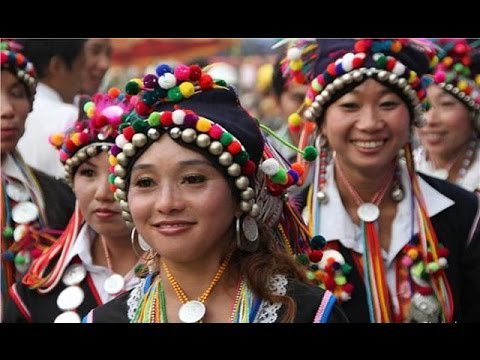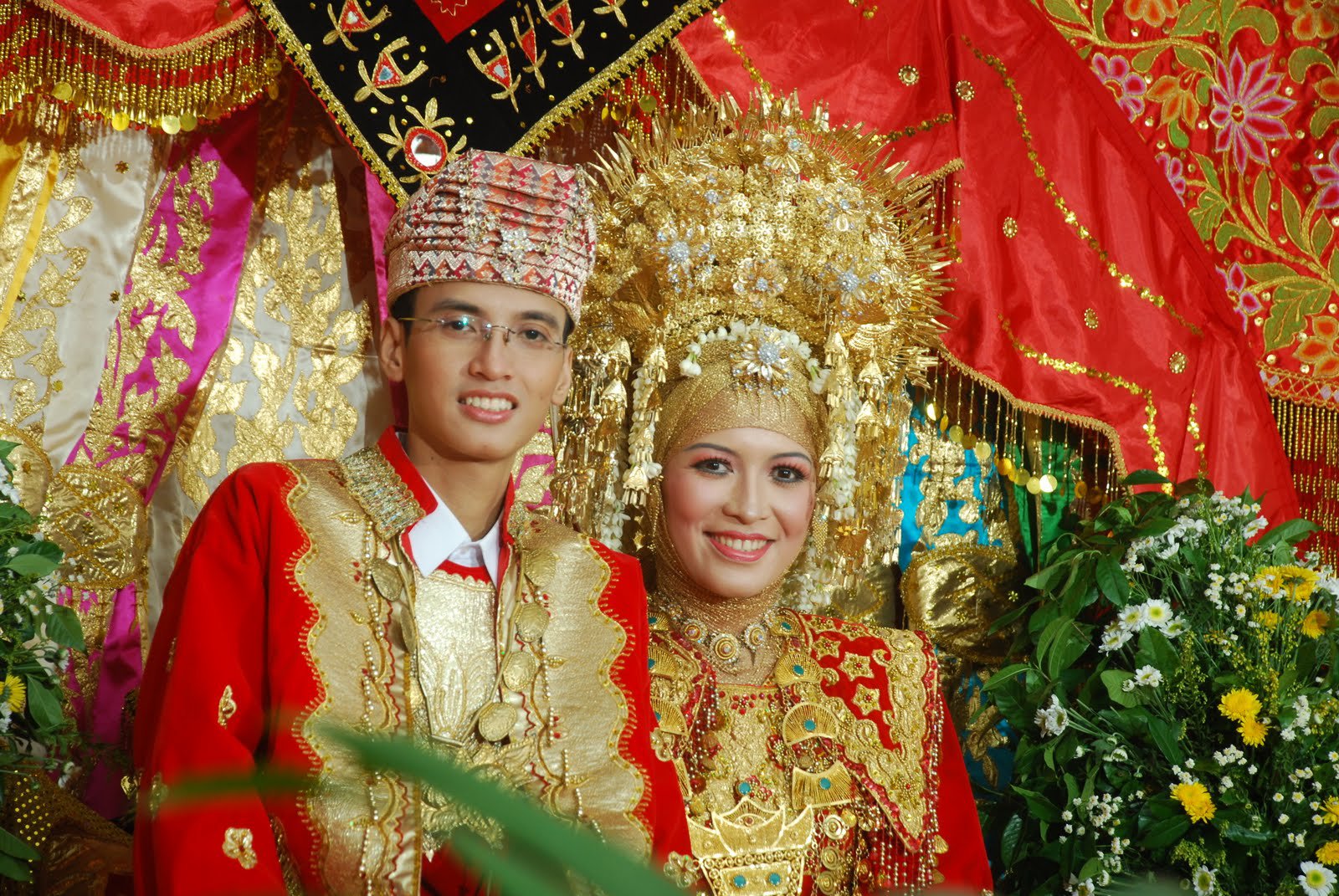Matriarchal Societies around the World where Women were #BornToShine
5 minuteRead

“Roses are red, violets are blue, let's smash the patriarchy, me and you.” Here’s a quote that broke the internet last year. For those unaware, patriarchy is a society or system where men hold the power.
Contrary to popular belief, there are still certain societies around the world where women's power takes center stage. The idea of women ruling a system might seem alien. However, history is replete with examples where matriarchal societies have been predominant. They’ve been in existence since time immemorial.
Though in some states and towns the practice was ruptured post-independence, there are still many tribes that are reluctant to give up their age-old traditions.
What is Matriarchy?
Matriarchy is a social system that is ruled by women. A female has absolute authority over the family, takes important decisions, and is endowed with major powers which would otherwise be given to the male member of the family. Another term that is used interchangeably with matriarchy is matrilineal.
In a matrilineal system, property and power are handed down to the female members of the family particularly by the mother who is regarded as the head or authoritative figure.
Is matriarchy a myth or do women actually hold power in certain societies?
Read on to find out.
A Look into the Matrilineal Societies of India
In India, the north-east is an epitome of a matrilineal system. There are several tribes that are still away from the whiff of patriarchal control. Meghalaya and Assam are two eminent examples. Besides these two states, down south too, minuscule matriarchies exist in states such as Kerala and Karnataka. In these communities, women swap roles with men, the groom follows the bride to her parents’ home, and the birth of a girl child is celebrated with pomp and grandeur. Here’s an outline of each of these tribes:

Image Source: https://images.app.goo.gl/o4oZtVnw7jLoqnX16
The Khasi Tribe
The Khasi tribe in the north-eastern region of India is recognised for its matriarchal society. The community resides in Meghalaya. According to a survey conducted in the year 2011, the population of the tribal society is estimated to be 1 million. You will be surprised to know that the community empowers women like none other.
In the Khasi society, the women work outside while the men stay home and take care of the house. However, when it comes to taking care of children, mothers are the primary caregivers.
The people of this tribe reside in the isolated plains. The society is all about women power. The eldest woman of the house is the head of the family while the youngest daughter inherits the property and has the right to continue staying with her parents even after she gets married. In such a case, the husband is required to come and stay with his in-laws. Also, a woman retains her maiden surname. The system and concept of a matriarchal society is exactly the opposite of what it would be in patriarchy.
Though women of the Khasi tribe are given so much importance by their own people, the downside is that most of them still lack representation in the political arenas.
Moving on to the matrilineal law of inheritance, the property is inherited through the female line. This means the daughter inherits property from her mother.
If there is a case where a son is born, the family adopts a daughter or the property is passed on to the eldest woman’s sister’s daughter.
Though women are at the forefront in the economic and domestic matters of the Khasi tribe, men hold an influential position in politics and are required to perform the rituals when there is a death in the family.
Traditionally, this is how a Khasi society was required to be operated. With modernization, a lot of changes have come into this system. Men too enjoy equal rights along with women. They are respected and have a say in certain household matters.

Image Source: https://images.app.goo.gl/Sy1WwGCZ64rnfoYYA
The Garo Tribe
The Garo tribe is another living example of a matriarchal society. They are neighbours to the Khasi tribe and live in the remote villages of Meghalaya and Assam. The society is quite similar to the Khasi tribe wherein the descent is traced through the mother. The husband lives with his wife and her parents after marriage and adopts their surname.
Though the mother or female member is the head of the family, the father is responsible for their sustenance and is the primary breadwinner. Property too is passed on from the mother to her daughters. However, in a Garo society, men manage the property and can utilise as long as the wife is alive.
The Garo tribe is quite broad-minded. Marriage is not looked upon as a binding contract. Women are given the choice of walking out of their marriage in case it doesn’t work and they will face no stigma from society. However, Garo widows cannot get remarried till their children hit puberty. This is primarily done to keep the family property intact.
Compared to the Khasi tribe, the Garo social organisation is not completely matriarchal. Though women are given a lot of privileges, men also enjoy supremacy.
Matrilineal Community of Karnataka & Kerala
Though matriarchal societies are famous in north-east India, southern India is no exception. In Karnataka, the Tulu ethnic group namely the Bunt and Billava community also follow a matrilineal society. Both sons and daughters enjoy equal rights wherein the property is passed on to either of the children. Though the system has declined considerably in major parts, there are still some families that follow this concept.
On the other hand, in Kerala, the Nairs were a famous matrilineal community even before it became a state. However, the culture has faded over the years. The Kerala State Legislature passed an act that resulted in the decline of matrilineal families. However, owing to the best sex ratio and literacy rate in Kerala, women enjoy a higher political stature compared to the rest of the country. Even pre-independence, a large number of women participated in the freedom movement. Though matriarchy is non-existent and not legal in Kerala, it’s a family personal choice and women too can retain their maiden surname even after they move to their in-law’s homes.
A Sneak-Peek into the Matriarchal Societies around the Globe

Image Source: https://images.app.goo.gl/APk7suxnYDPG25nUA
Mosuo
Situated near the border of Tibet in the Sichuan province, Mosuo is a renowned matrilineal society. The community lives with their extended family in large households where the head is a matriarch. Every child born belongs to the mother’s side of the family, and property too is passed on along the same matrilineal. Mosuo women make business decisions while the men handle politics.
Compared to a conventional marriage system, the Mosuo society has something called “walking marriage”. There is no institution. Instead, women choose their partners by walking to a man’s home and the couples live together. There is no stigma attached. In some cases, the father of the child is not even known and even if they are, they play absolutely no role in the upbringing of the child.

Image Source: https://images.app.goo.gl/Wnumzf5KHMHB6n717
Minangkabau
Minangkabau is the largest matrilineal tribe that is even known today. It has four million members and all the property is managed by the women of the family. They are indigenous and live in the highlands of West Sumatra of Indonesia.
The society is all about women power. They’re highly respected and women retain their maiden surname even after they are married. The mother is considered the most important person in society.
Upon marriage, women get to choose their own sleeping quarters. The husband is allowed to spend the night with his wife but must leave early in the morning in order to have breakfast at his mother’s home.
Every Minangkabau community has a male clan chief who is chosen by the women. If he fails to fulfill his duties, his position may be withdrawn.

Image source: https://images.app.goo.gl/hQZd9YNjM4486x687
Nagovisi
The Nagovisi society lives in South Bougainville, an island west of New Guinea. It is predominantly a matrilineal society where women leaders take charge of every ceremony. In the Nagovisi community, gardening plays a key role. Marriage is not considered an institution. However, if a couple is seen together, they are considered married.
A husband’s job is to clear the land while a woman is allowed to farm food on her ancestor’s land. Nagovisi women are proud of the food they produce. If a man refuses to eat the food cooked, it can even lead to a divorce.
Real Life Women who are a Ray of Hope in these Matriarchal Societies
Balje N. Sangma from Garo Hills
Sangma is a homemaker turned entrepreneur, and her story is extremely inspiring.
She is a homemaker and young mother who was occasionally involved in paddy farming mainly for self-consumption. Her husband works as a watchman and was the sole breadwinner for the family of seven. Determined to give her children the basic necessities of life, Sangma decided to set up a tea stall in the Betasing Block in South West Garo Hills.
As soon as her stall was set up, it was filled with customers throughout the day. With the returns from the tea stall, Sangma and her husband were able to make ends meet and give their children basic education.
Her next goal was to find a business activity. For this, she approached the Meghalaya Basin Development Authority (MBDA). She expressed her interest to take up piggery as a means of livelihood.
After securing a loan, Sangma decided to enhance her skills and knowledge in piggery. From making hygienic pig sites to managing diseases related to pigs, Sangma is the epitome of resilience and hard work.
Today, her tea stall has been running successfully since the past 10 years, and she has a piggery as a back-up. She scripted her own success story as an entrepreneur. As a parent, she envisioned a bright and financially stable future for her five children and made it come true.
Cryspil K. Sangma from Meghalaya
Cryspil Sangma from Meghalaya showed the world that age is just a number by starting her venture at the age of 50. Her aim was to revive the rich culture of the A’chik (meaning “people of hills”).
It was always her passion to make traditional accessories from recycled materials. She started by making sustainable clothes such as Garo attire, top wear and bottom wear.
Today, at the age of 72, she runs her own online store that sells eco-friendly, handcrafted accessories and other products that are solely designed by her.
In 2018, she was given the Award of Excellence for Waste Management and Innovation by the state of Meghalaya.
She believes it’s never too late to follow your passion if it brings joy and satisfaction to you. Kudos to her never-say-die attitude.
These women-centric tribes remind us that no matter how patriarchal a society may be, there are still societies where women power is acknowledged. Men and women should be looked upon as equals in terms of status and rights. As conscious citizens, our primary focus should be to create an inclusive society.
Write, Record and Answer! Consume Unlimited Content! All you need to do is sign in and its absolutely free!
Continue with one click!!By signing up, you agree to our Terms and Conditions and Privacy Policy.










